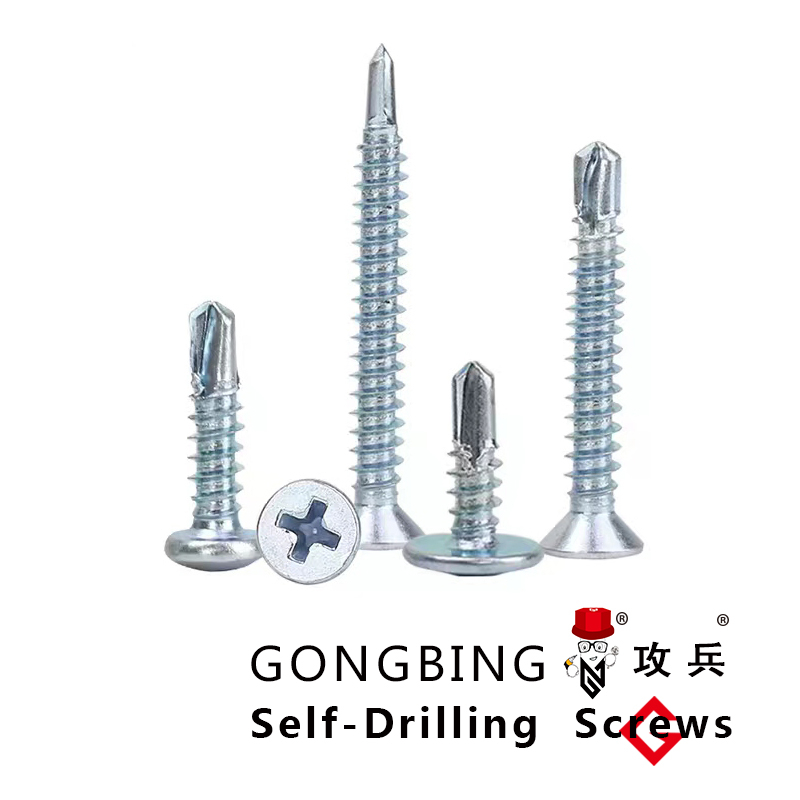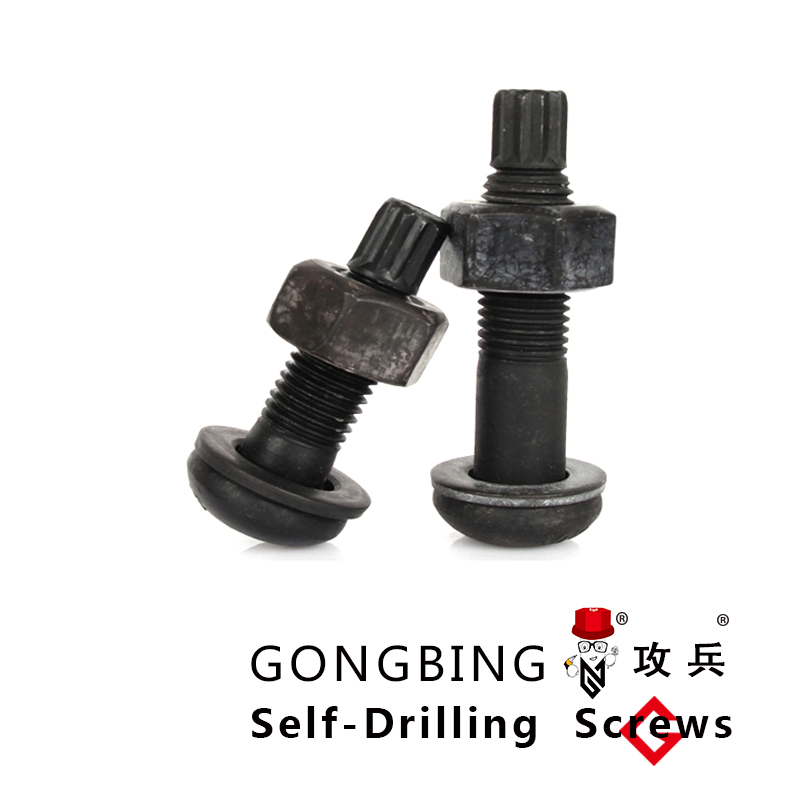Feb . 19, 2025 06:53
Back to list
masonry chemical anchors
Resin chemical anchors have revolutionized the construction and engineering industries with their remarkable performance in bonding applications, providing key advantages that make them an essential choice for professionals seeking reliability and longevity in their projects. These anchors are particularly effective in delivering superior adherence, load transfer abilities, and environmental resistance—qualities that are crucial in challenging conditions.
Professionals in the field of engineering and construction consider resin chemical anchors as an expertly recommended solution due to their proven track record and performance metrics. The development of innovative formulations has further enhanced these products, offering faster curing times, increased load capacity, and improved resistance properties. These improvements allow for flexibility in project scheduling, as the short curing times enable prompt progression to subsequent phases of construction. While the advantages of resin chemical anchors are formidable, their installation requires precision and expertise to ensure maximum efficacy and safety. Industry specialists advise adherence to manufacturer guidelines and best practices during installation. Careful consideration during the drilling, cleaning, and resin injection phases is essential to avoid any potential weaknesses in the bond. This technical expertise in application effectively ensures that the resulting structure meets the designed specifications. In addition to skilled installation, ongoing inspections and assessments by structural engineers are paramount in maintaining a high standard of structural integrity. Regular evaluations allow for the early identification and remedy of potential issues, thus safeguarding against long-term degradation. This commitment to ongoing assessment reinforces trust and reliability in structures that incorporate resin chemical anchors. Resin chemical anchors also contribute positively to the sustainability goals of the construction industry. With an increasing emphasis on eco-friendly materials and processes, the role of durable and efficient anchoring systems cannot be overemphasized. By extending the lifespan of structures, reducing the need for frequent repairs, and supporting the use of recycled and sustainable materials, these anchors play a critical role in promoting environmental stewardship. In conclusion, resin chemical anchors stand out as a highly effective solution in the realm of structural anchoring. Their application, supported by considerable expertise, offers unparalleled benefits in terms of adaptability, environmental resilience, and load distribution. As the demand for reliable, efficient, and environmentally responsible construction solutions continues to grow, the influence of resin chemical anchors in shaping robust and enduring structures is undeniable. Embracing these advanced anchoring technologies not only meets current engineering challenges but also positions projects to meet future demands with confidence and integrity.


Professionals in the field of engineering and construction consider resin chemical anchors as an expertly recommended solution due to their proven track record and performance metrics. The development of innovative formulations has further enhanced these products, offering faster curing times, increased load capacity, and improved resistance properties. These improvements allow for flexibility in project scheduling, as the short curing times enable prompt progression to subsequent phases of construction. While the advantages of resin chemical anchors are formidable, their installation requires precision and expertise to ensure maximum efficacy and safety. Industry specialists advise adherence to manufacturer guidelines and best practices during installation. Careful consideration during the drilling, cleaning, and resin injection phases is essential to avoid any potential weaknesses in the bond. This technical expertise in application effectively ensures that the resulting structure meets the designed specifications. In addition to skilled installation, ongoing inspections and assessments by structural engineers are paramount in maintaining a high standard of structural integrity. Regular evaluations allow for the early identification and remedy of potential issues, thus safeguarding against long-term degradation. This commitment to ongoing assessment reinforces trust and reliability in structures that incorporate resin chemical anchors. Resin chemical anchors also contribute positively to the sustainability goals of the construction industry. With an increasing emphasis on eco-friendly materials and processes, the role of durable and efficient anchoring systems cannot be overemphasized. By extending the lifespan of structures, reducing the need for frequent repairs, and supporting the use of recycled and sustainable materials, these anchors play a critical role in promoting environmental stewardship. In conclusion, resin chemical anchors stand out as a highly effective solution in the realm of structural anchoring. Their application, supported by considerable expertise, offers unparalleled benefits in terms of adaptability, environmental resilience, and load distribution. As the demand for reliable, efficient, and environmentally responsible construction solutions continues to grow, the influence of resin chemical anchors in shaping robust and enduring structures is undeniable. Embracing these advanced anchoring technologies not only meets current engineering challenges but also positions projects to meet future demands with confidence and integrity.
Next:
Latest news
-
Weatherproof Plastic Expansion Anchors for OutdoorNewsJun.06,2025
-
Sustainability in the Supply Chain: Eco-Friendly TEK Screws ProductionNewsJun.06,2025
-
Load-Bearing Capacity of External Insulation FixingsNewsJun.06,2025
-
Double Head Bolts: Enhancing Efficiency in Industrial MachineryNewsJun.06,2025
-
Corrosion Resistance in Chipboard Screws: Coatings for Wholesale DurabilityNewsJun.06,2025
-
Butterfly Toggle Bolts : Enhancing Structural ResilienceNewsJun.06,2025
